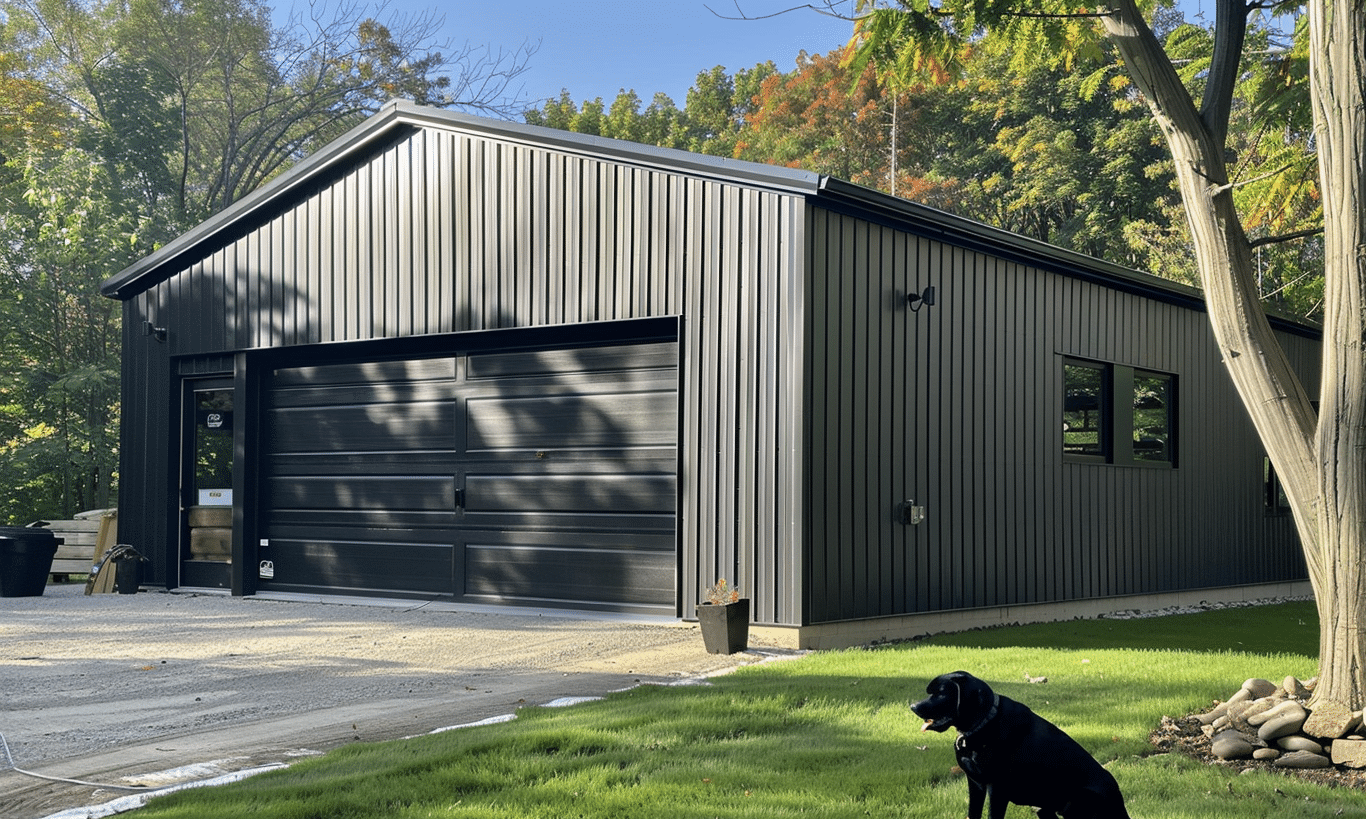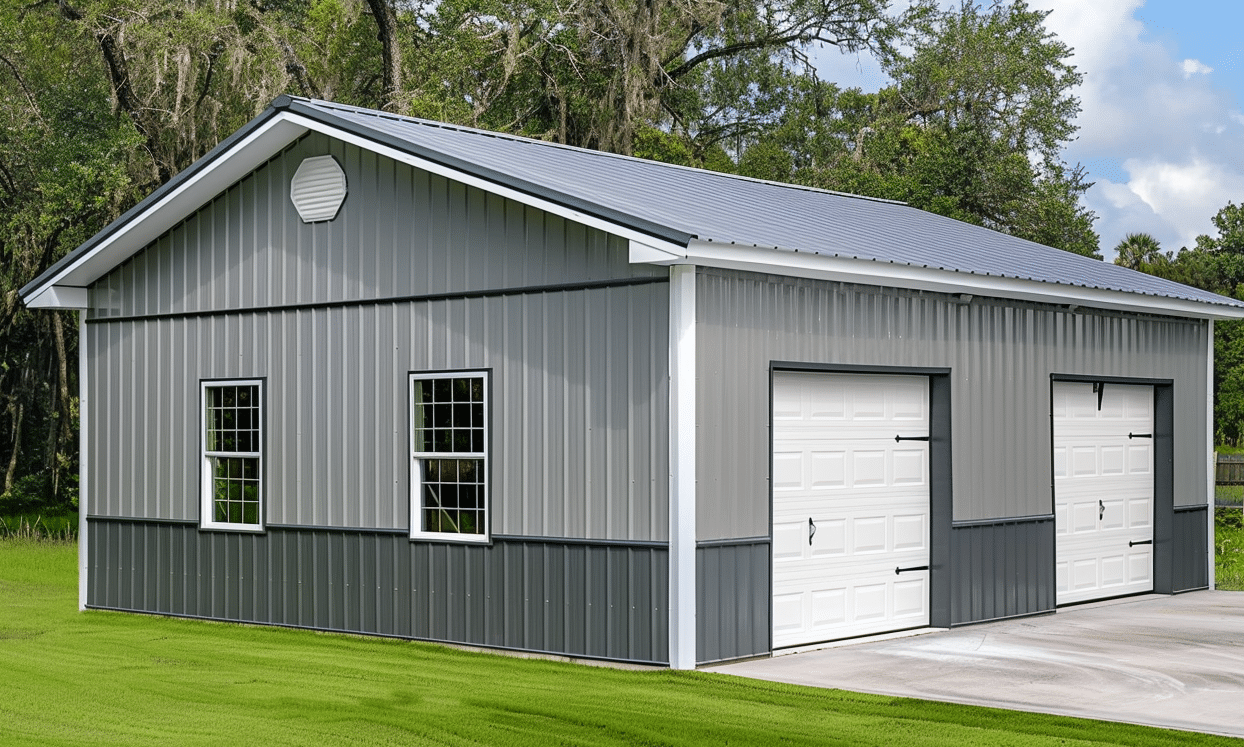In the modern world of construction, innovations continuously unfold to redefine the scope and efficiency of building materials. One such pioneering advancement is the use of fiberglass reinforcement – a composite that merges the strength of traditional materials with the flexibility of modern engineering. But what exactly makes fiberglass reinforcement a go-to option in the construction industry? Through this article, we will unravel the benefits of fiberglass reinforcement and explore its profound impact on infrastructure.
The Innovation Behind Fiberglass Reinforcement
What if you had a material that was as strong as steel yet as lightweight as a feather? That’s the beauty of fiberglass reinforcement. This innovative composite material consists of glass fibers embedded in a resin matrix, delivering properties that traditional materials simply can’t match. From bridges and buildings to smaller components like pipes and rebar, fiberglass has cemented its presence in numerous applications.
Integrating fiberglass into the construction landscape started as a small ripple but quickly turned into a wave of change. For more on the versatility of composite materials in construction, click here to dive deeper into the high-strength and low-weight synthesis of modern building materials.
Unpacking the Benefits of Fiberglass Reinforcement
The allure of fiberglass in the building sector stems from its unique benefits, each providing a compelling case for its widespread adoption.
Lightweight Yet Strong
Picture this: a bridge that withstands the rigors of time and weather without burdening its foundation. Fiberglass makes this possible. Its lightweight features reduce the load on infrastructure, making it a preferred choice for structures that require long-span designs. At the same time, it does not compromise strength, achieving a delicate balance that enhances the overall stability of construction works.
Unmatched Corrosion Resistance
One of fiberglass’s most celebrated attributes is its stellar corrosion resistance. Particularly in harsh environments, like those exposed to chemicals or saltwater, traditional materials can deteriorate. However, fiberglass stands immune to these elements, ensuring longevity and minimizing maintenance costs. Given Canada’s diverse climate, it’s no surprise that Canada Green Building Council highly recommends it.
Thermal and Electrical Insulation
With its low thermal conductivity, fiberglass reinforcement serves as an effective insulator, optimizing energy efficiency in buildings. It also provides superb electrical insulation, making it safer in applications susceptible to electrical hazards. Whether it’s sweltering summers or freezing winters, structures built with fiberglass are better equipped to maintain comfortable interior temperatures.
Design Flexibility
Incorporating fiberglass reinforcement allows architects and engineers more freedom in design – a prospect once limited by the properties of conventional materials. This flexibility means more daring architectural concepts can become a reality, all with precision and efficiency. Need custom-cut curves or intricate detailing? Fiberglass facilitates it all without breaking a sweat.

Fiberglass in Practical Applications
In real-world settings, fiberglass demonstrates its utility in various forms:
Structural Components
High-strength rebar and panels made from fiberglass reinforcement are not only strong but also resistant to cracking and warping. For large-scale projects like bridges and skyscrapers, this means a more durable structure. Additionally, 24×40 metal buildings benefit considerably from such innovations, adding a layer of durability seldom seen with other materials.
Resistance to Extreme Conditions
Building in regions with extreme temperatures or volatile weather patterns necessitates exceptional materials. Ontario’s steel structures and Ontario steel building erectors often incorporate fiberglass to combat these challenges, ensuring that edifices remain sturdy regardless of seasonal shifts.

Reaping the Rewards: The Future of Fiberglass-Infused Construction
Looking forward, the construction industry stands poised on the threshold of a fiberglass revolution. Its benefits align with the broader movement towards sustainable building practices, making it a key player in reducing the carbon footprint of new developments.
Moreover, as the world continues to inventory new methods for improving housing resilience and energy efficiency, reinforcing materials will evolve. In light of the growing demand for smarter cities and cleaner environments, investing in the services provided by fiberglass reinforcement becomes not just a choice but a necessity. To learn more about our complete range of construction services, visit our Services page.
In conclusion, the ascent of fiberglass reinforcement within the construction industry signals a progressive leap toward building materials that harmonize durability, aesthetics, and environmental consciousness. By understanding and highlighting the benefits of fiberglass reinforcement, we are not only laying the foundations for the structures of today but also setting the blueprint for the future.
With technological advances in construction heating up, isn’t it time to explore how composites like fiberglass can redefine your next project? Let’s dare to build beyond boundaries and usher in a new era of innovation and sustainability in construction.










